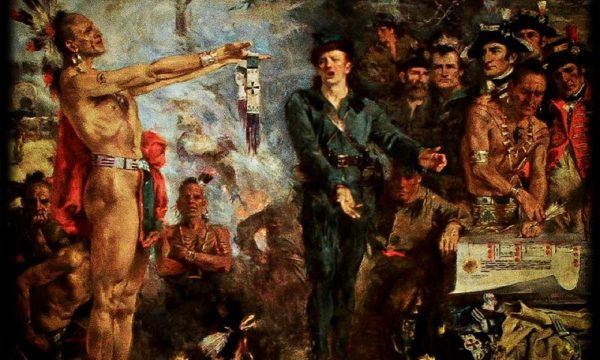Topic Modeling Reflection
By Estelle Jung Topic Modeling Reflection For my topic modeling assignment, 128 documents were used in total. The documents were from the two volumes of The Spanish Regime in Missouri by Louis Houck. At first, I tried to use 20 topics, but Mallet gave me the same weight of 0.25 for each topic. After changing the number of topics to 15, I ended up with various weights which is what we wanted. Thus, 15 seems to be the optimal number of topics for this example. I think that there were two coherent topics apparent in this assignment based on the data from the Keys spreadsheet. Topic 13 had the highest weight of 0.69804. The top words of topic 13 included “order,” “made,” “time,” “great,” “make,” “part,” “lordship,” “men,”…
